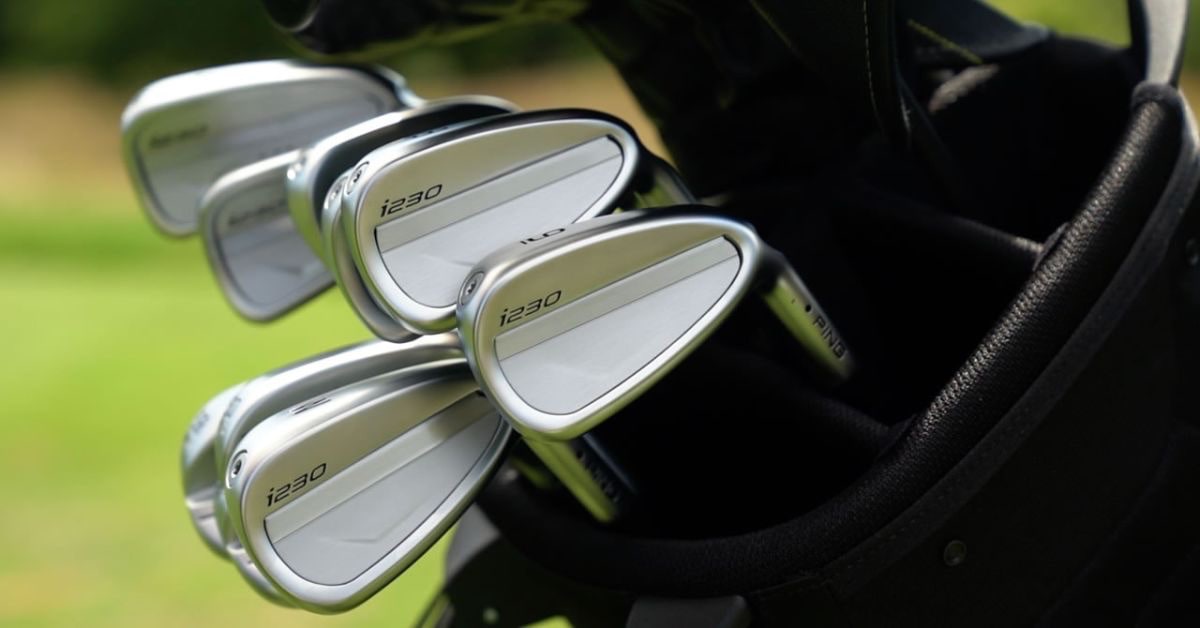Ping is undoubtedly one of the largest golf club manufacturers in the world — around 1 in 3 PGA Tour professionals use their equipment today.
The story of Ping began in 1959 in Karsten and Louise Solheim’s garage in Redwood City, California, where they first created the iconic Ping Anser putter.
Interestingly, they didn’t produce golf irons until 1969. But since then, their irons have been used by millions of golfers around the world — including myself!
In this article, you’ll find a comprehensive list of Ping irons by year.
Ping Irons By Year
Ping has been manufacturing golf clubs since 1959, and golf irons since 1969. It all started with the original Karsten 1 irons. Since then, Ping has released over 45 iron designs — including the iconic Ping Eye2 in 1982. Most recently, they launched the G430 irons, designed for maximum forgiveness.
Here is a full list of every Ping iron release:
| Image | Ping Iron Model | Release Year | Price |
|---|---|---|---|
Ping Blueprint S Irons | 2024 | Buy on WGS | |
Ping Blueprint T Irons | 2024 | Buy on WGS | |
Ping G730 Irons | 2024 | Buy on WGS | |
Ping i530 Irons | 2024 | Buy on WGS | |
 | Ping G430 Irons | 2023 | Buy on WGS |
Ping i230 Irons | 2022 | Buy on WGS | |
 | Ping i525 Irons | 2022 | Buy on Global Golf |
 | Ping i59 Irons | 2021 | Buy on Global Golf |
 | Ping G425 Irons | 2021 | Buy on Global Golf |
 | Ping G710 Irons | 2020 | Buy on Global Golf |
 | Ping G410 Irons | 2019 | Buy on Global Golf |
 | Ping Blueprint Irons | 2019 | Buy on Global Golf |
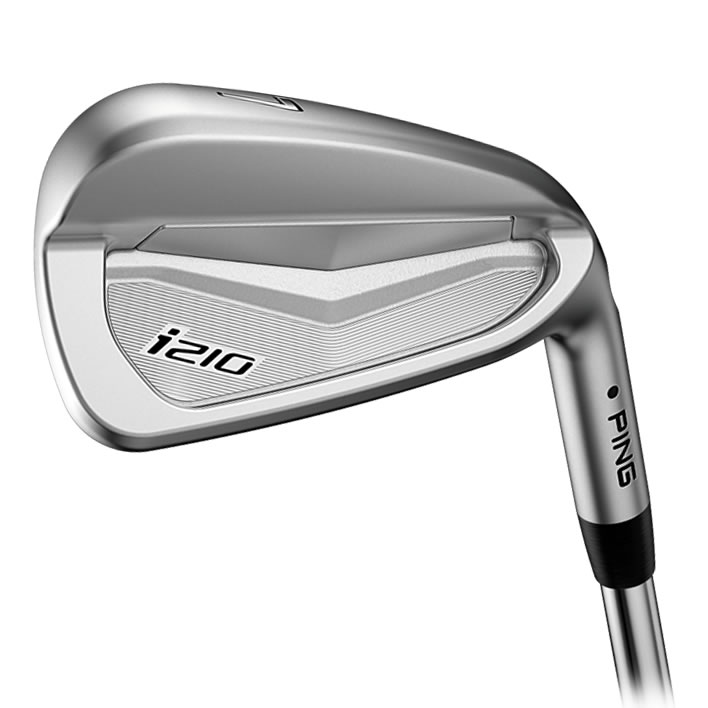 | Ping i210 Irons | 2018 | Buy on Global Golf |
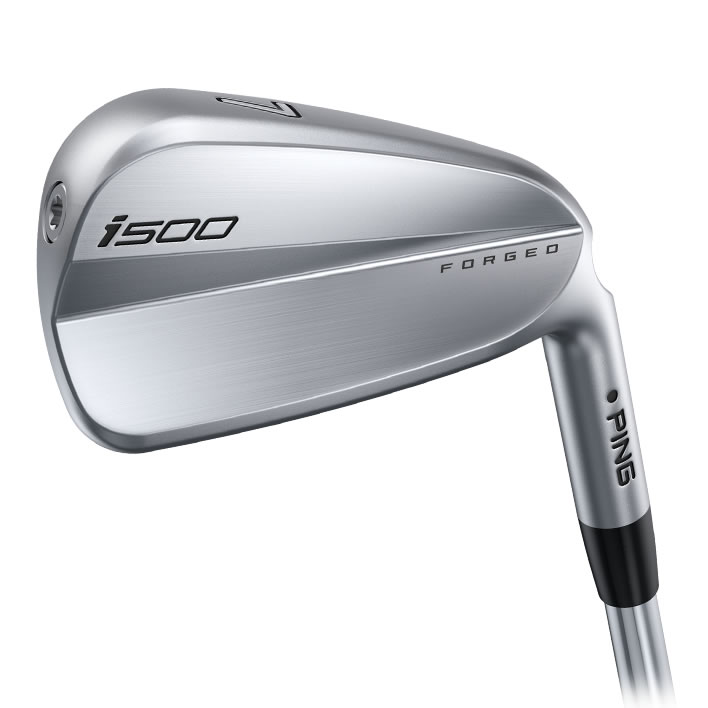 | Ping i500 Irons | 2018 | Buy on Global Golf |
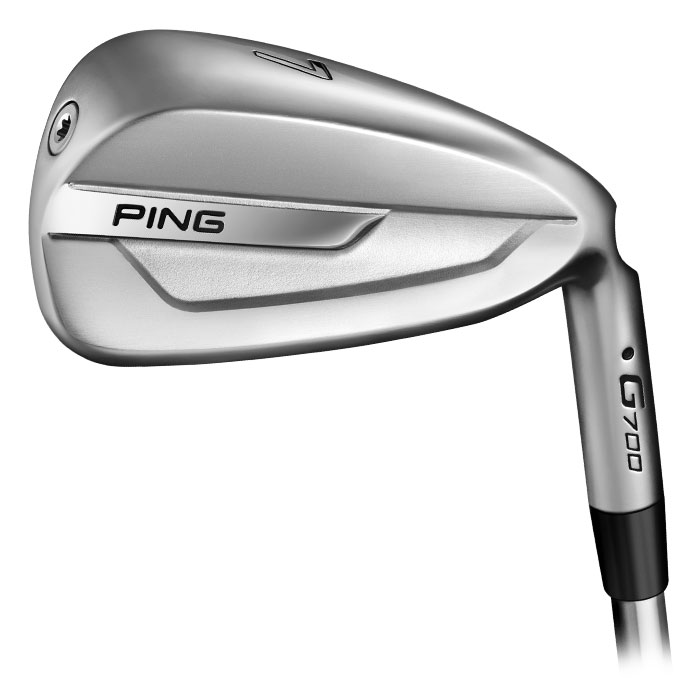 | Ping G700 Irons | 2018 | Buy on Global Golf |
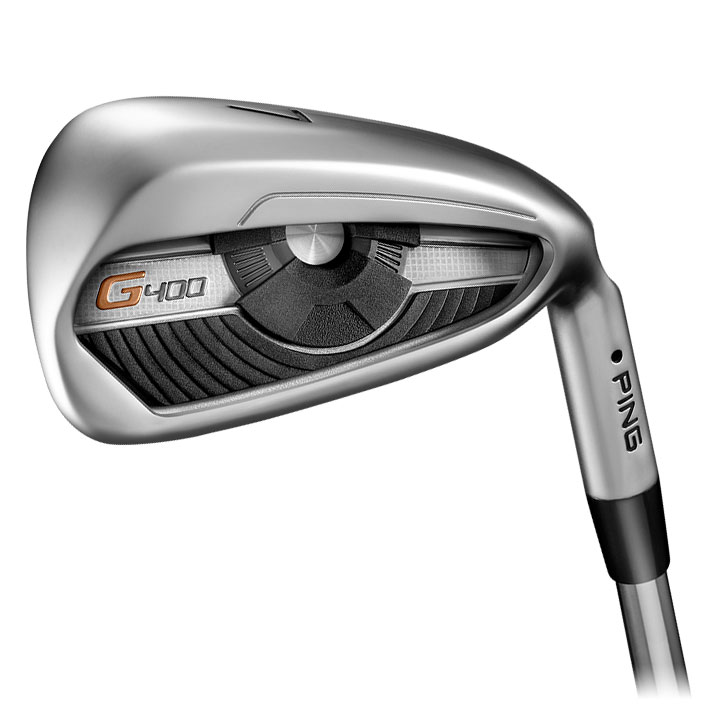 | Ping G400 Irons | 2017 | Buy on Global Golf |
 | Ping i200 Irons | 2017 | Buy on Global Golf |
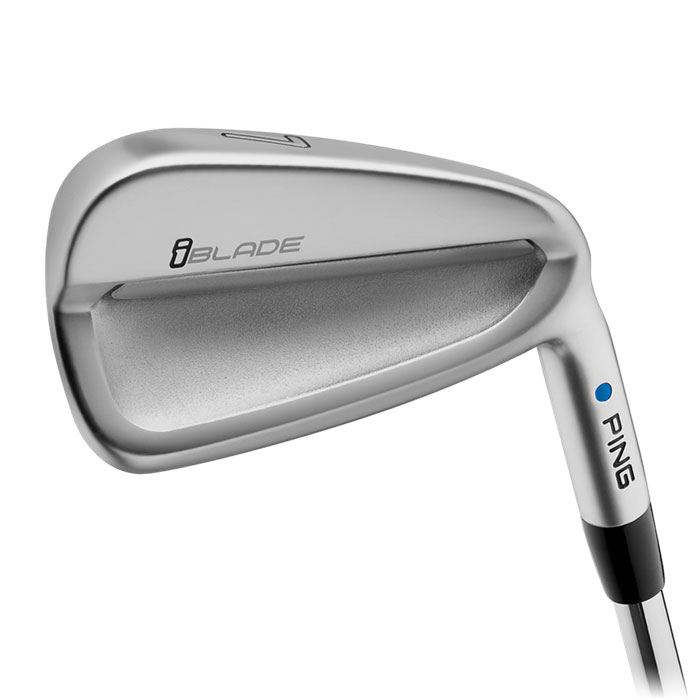 | Ping iBlade Irons | 2016 | Buy on Global Golf |
 | Ping G Irons | 2016 | Buy on Global Golf |
 | Ping GMax Irons | 2015 | Buy on Global Golf |
 | Ping i Series E1 Irons | 2015 | Buy on Global Golf |
 | Ping Karsten Irons | 2014 | Buy on Global Golf |
 | Ping G30 Irons | 2014 | Buy on Global Golf |
 | Ping i25 Irons | 2014 | Buy on Global Golf |
 | Ping S55 Irons | 2013 | Buy on Global Golf |
 | Ping G25 Irons | 2013 | Buy on Global Golf |
 | Ping i20 Irons | 2012 | Buy on Global Golf |
 | Ping Anser V2 Irons | 2012 | Buy on Global Golf |
 | Ping G20 Irons | 2011 | Buy on Global Golf |
Ping Anser Irons | 2010 | Buy on Global Golf | |
 | Ping i15 Irons | 2010 | Buy on Global Golf |
 | Ping G15 Irons | 2010 | Buy on Global Golf |
 | Ping Rapture V2 Irons | 2008 | Buy on Global Golf |
 | Ping G10 Irons | 2007 | Buy on Global Golf |
 | Ping Rhapsody Irons | 2007 | Buy on Global Golf |
 | Ping S58 Irons | 2006 | Buy on Global Golf |
 | Ping Rapture Irons | 2006 | Buy on Global Golf |
 | Ping i5 Irons | 2005 | Buy on Global Golf |
 | Ping G5 Irons | 2005 | Buy on Global Golf |
 | Ping S59 Irons | 2003 | Buy on Global Golf |
 | Ping G2 Irons | 2003 | Buy on Global Golf |
 | Ping i3+ Irons | 2002 | Buy on Global Golf |
 | Ping i3 Irons | 2000 | Buy on Global Golf |
 | Ping ISI Irons | 1996 | Buy on Global Golf |
 | Ping Zing 2 Irons | 1994 | Buy on Global Golf |
 | Ping Zing Irons | 1991 | Buy on Global Golf |
 | Ping Eye2+ Irons | 1990 | Buy on Global Golf |
 | Ping Eye2 Irons | 1982 | Buy on Global Golf |
 | Ping Eye Irons | 1978 | Buy on Global Golf |
 | Ping Karsten Irons | 1969-1976 | Buy on Global Golf |
Ping Irons: 1969-1979
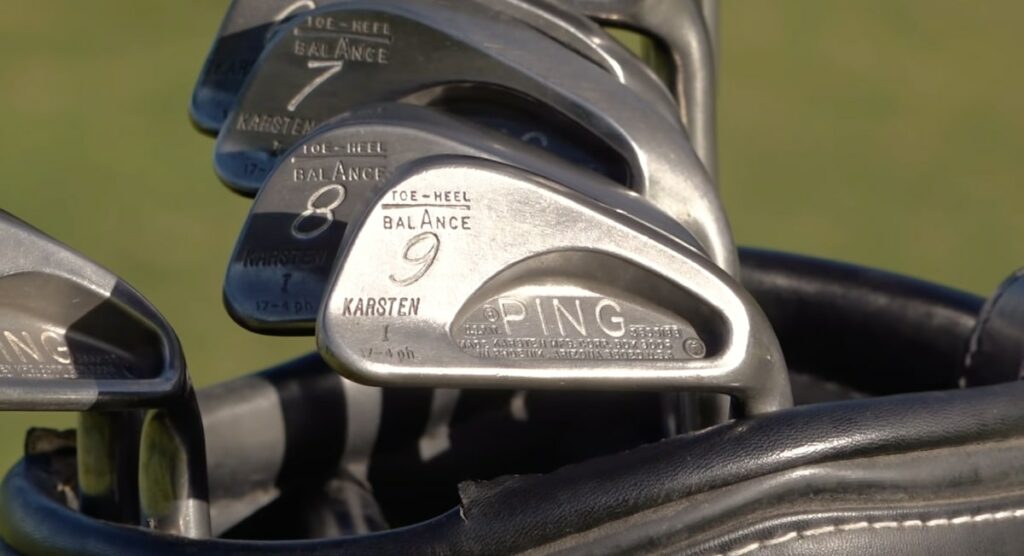
Having exploded onto the golf scene with the Anser putter throughout the 1960s, Ping built on their success with their first iron release in 1969 — the Ping Karsten irons. This coincided with the first of many Ping drivers: the Karsten I.
Named after the Arizona company’s founder Karsten Solheim, the Ping Karsten I was released as a full iron set with a barrel hosel and deep single rear cavity.
The Karsten I iron proved to be a successful release, and between 1969 and 1976 Ping developed three iterations: Karsten II, Karsten III, and Karsten IV.
Check out the video below by Rick Shiels, where he tests out the original Karsten irons:
In 1978, Ping released their latest iron development — the Ping Eye.
Named after the design’s resemblance to an eye, the Ping Eye introduced the concept of perimeter weighting to the world of golf.
In short, this allowed for more weight to be distributed across the edges of the club head, improving stability to help prevent the club from twisting at impact.
By eliminating twisting, the Ping Eye helped to keep more shots on line — even for off-center ball strikes. Ultimately, this made the design more forgiving than the Karsten.
Ping Irons: 1980-1989
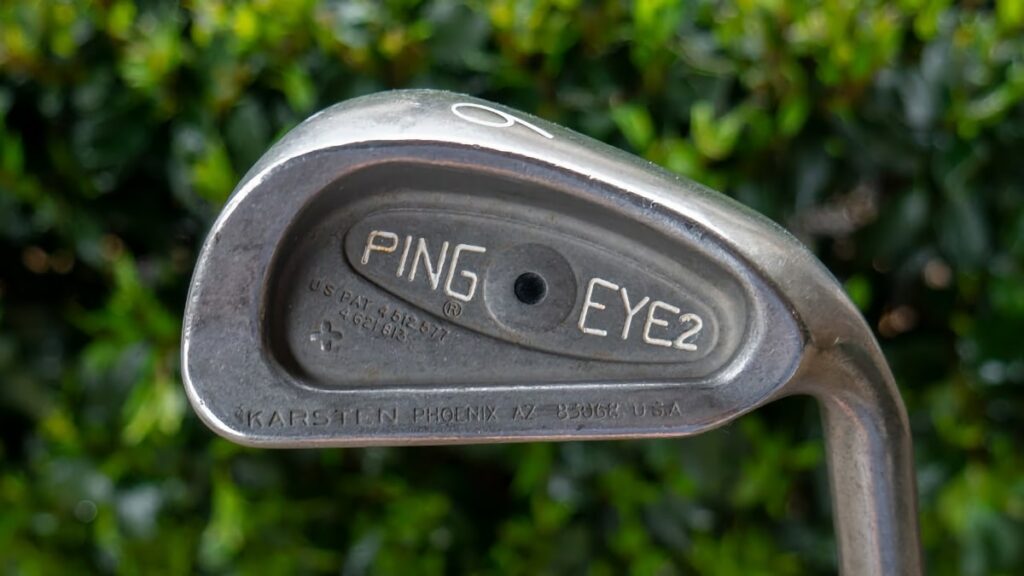
In 1982, Ping launched the Ping Eye2 Irons — the best-selling golf irons in history.
The Eye2’s design was developed as a follow-up to the original Ping Eye iron, and was in production for just over a decade. Throughout this time, Ping launched several iterations with various shapes, sole profiles, and groove designs.
For instance, in 1985, Ping produced a “square groove model”. This version featured an alteration of the original U-groove profile, to generate more friction and spin.
However, despite falling within the USGA Golf Equipment Rules at the time, this version led to one of the most famous lawsuits in the history of the sport.
Ping submitted a $100m lawsuit after USGA banned the use of the Eye2 in competitions due to the groove spacing. However, a settlement was agreed which subsequently deemed the Eye2 legal for tournament play under the Rules of Golf.
Ping Irons: 1990-1999
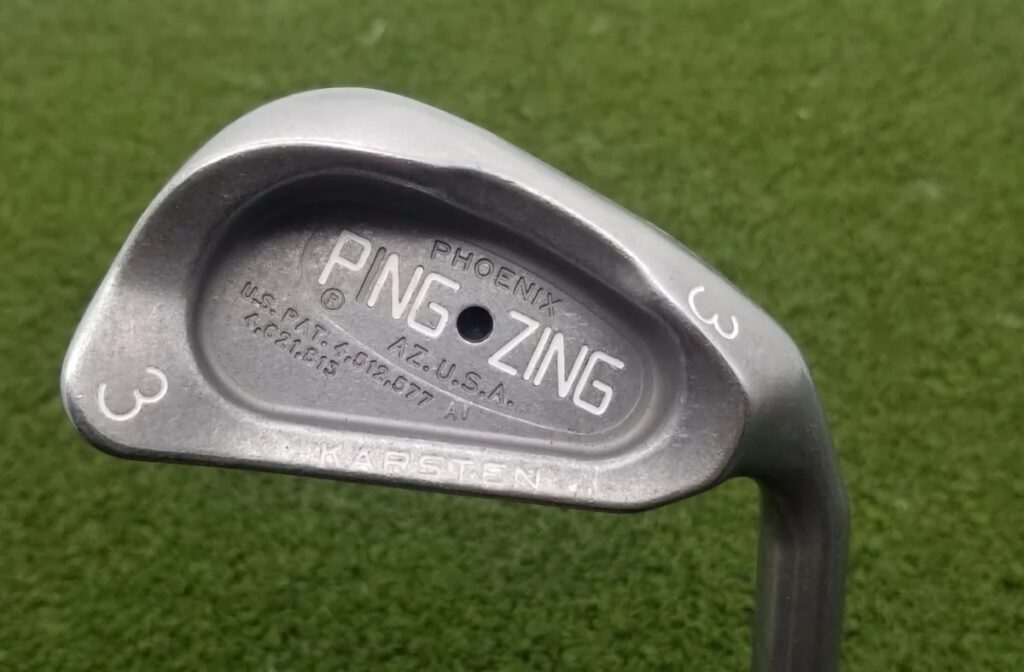
In 1990, Ping extended the Eye series with the launch of the Ping Eye2+ model. This version featured an improved sole design and updated perimeter weighting.
The Eye2+ was shortly followed by the release of the Ping Zing in 1991. This club featured a similar cavity design, along with extreme perimeter weighting to make it Ping’s most forgiving iron at the time.
Three years later, the Ping Zing 2 was released. The design incorporated a refined sole to reduce turf drag, helping you get through any lie with solid ball contact.
“They hit the market in 1994 and with their heavy stainless steel head, thick topline, and added mass on the heel and toe for more heel-toe stability on off-center hits, they were among the pioneers in the game improvement category.”
Luke Kerr-Dineen on the Ping Zing 2, via Golf.com
In 1996, the Ping ISI irons were launched. These forgiving cavity-back irons were designed for players of any ability. With the ISI’s design, Ping introduced a “finger” in the center of the cavity to help reduce harsh vibrations for an improved feel off the face.
Ping Irons: 2000-2009
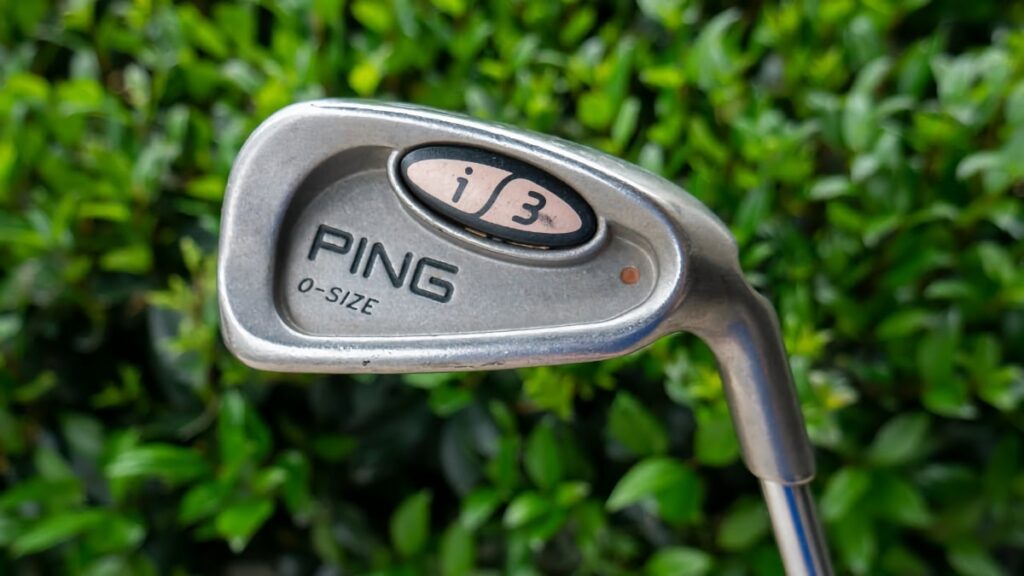
At the turn of the millennium, the Ping i3 irons were launched in 2000.
The i3 was the first series to offer both a smaller, player’s version (the i3 Blade) along with a game improvement version (the i3 O-Size).
With the i3, Ping introduced the new CT — Custom Tuning Port — technology. This allowed Ping to precisely control the weight of the club head, without having to use top weights in the hosel and the shaft. CT also helped reduced unwanted vibration.
In addition, the Ping i3 was the first club to feature Ping’s famous notched hosel. This made it easier to alter the loft and lie angle, for personal customization.
In 2003, they released the Ping G2 game improvement irons, along with the Ping S59 player’s irons. This launch marked the introduction of the Ping G irons as their ultimate clubs for the everyday golfer, who sought forgiveness and distance.
In 2005, the Ping G5 and Ping i5 irons were launched to extend the G and I series. This was followed by the Rapture and S58 irons in 2006.
The following year, Ping launched the Rhapsody irons for women. The design helped improve launch and distance at slower swing speeds, with high MOI for forgiveness.
The release of the Ping G10 and Ping Rapture V2 rounded off a busy decade for Ping.
Ping Irons: 2010-2019
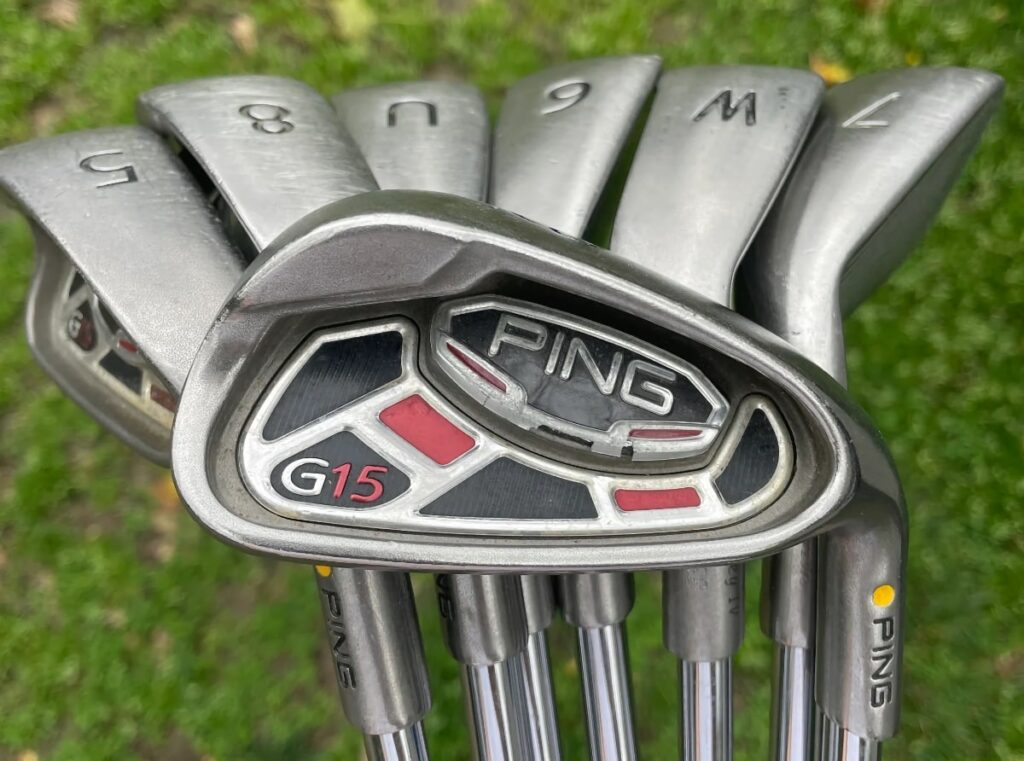
In 2010, the Ping G15 launched as a refined version of the brand’s game improvement line of irons. It featured a lighter CT port, a wider sole, and better forgiveness.
Also, Ping released the i16 irons that same year along with the Anser irons.
In the following year, they launched the G20 irons. In short, this release offered small but incremental benefits over the previous version — delivering high launch and low spin for excellent distance, along with great forgiveness.
Subsequently, Ping released the i20 and G25 irons in 2012 and 2013 respectively, along with the return of the S-line with the launch of the S55 irons.
In 2014, Ping released the i25 and G30 iterations — continuing the player’s and game improvement line, which received great reception across a variety of skill levels.
That same year saw the launch of the Ping Karsten reissue, paying homage to the company’s first-ever iron produced back in 1969. The new version was designed to offer even greater forgiveness than the G-line irons, for those who struggle with confidence.
Following on, the decade rounded out with several notable releases, including the Ping iBlade irons, the Ping i210 irons, and the G410 irons.
Ping Irons: 2020-Present
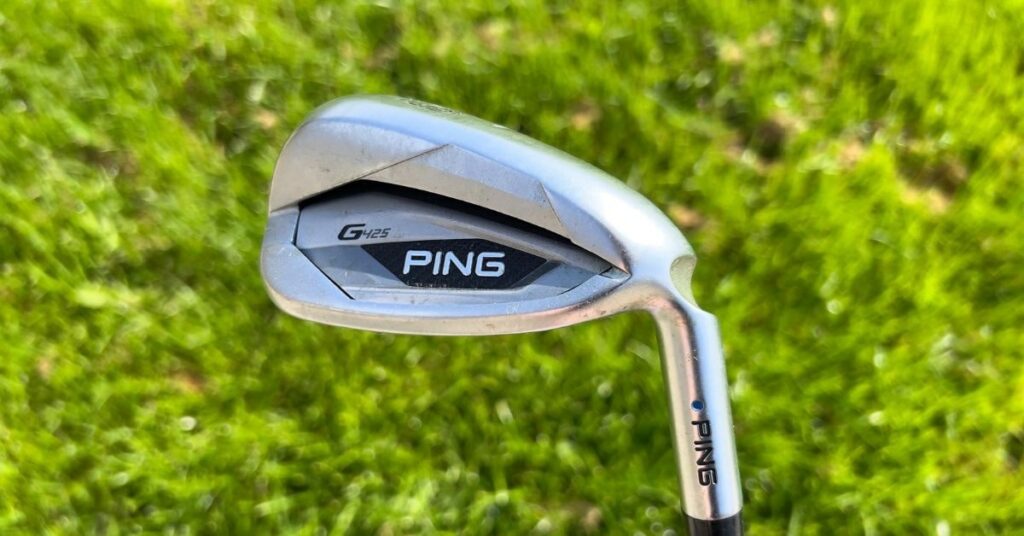
More recently, Ping has continued to push the boundaries of golf club design.
In 2021, they launched the massively popular G425 irons. I currently have these in the bag, and they’re by far the most forgiving set of clubs I’ve ever used.
The same year saw the launch of the Ping i59 irons — for the better player!
In 2022, they released the i525 irons. These featured a forged steel face which provides a great sound and feel, in a compact shape for the confident ball striker.
Before the close of 2022, Ping also announced the i230 irons. These players-style irons targeted “consistent, repeatable distance control and tight dispersion,” to help better golfers dial in their precision on approach shots.
And finally, the Ping G430 irons offer Ping’s latest technologies in an ultra-forgiving package designed for the everyday player seeking reliability and distance.
Check them out on Worldwide Golf Shops below:
PROS
+ Highly forgiving
+ Increased offset to prevent slices
+ Explosive clubface for solid distance
+ Promotes a towering launch
+ Suits a variety of skill levels
CONS
– Premium price tag
– Not the longest irons I’ve hit

